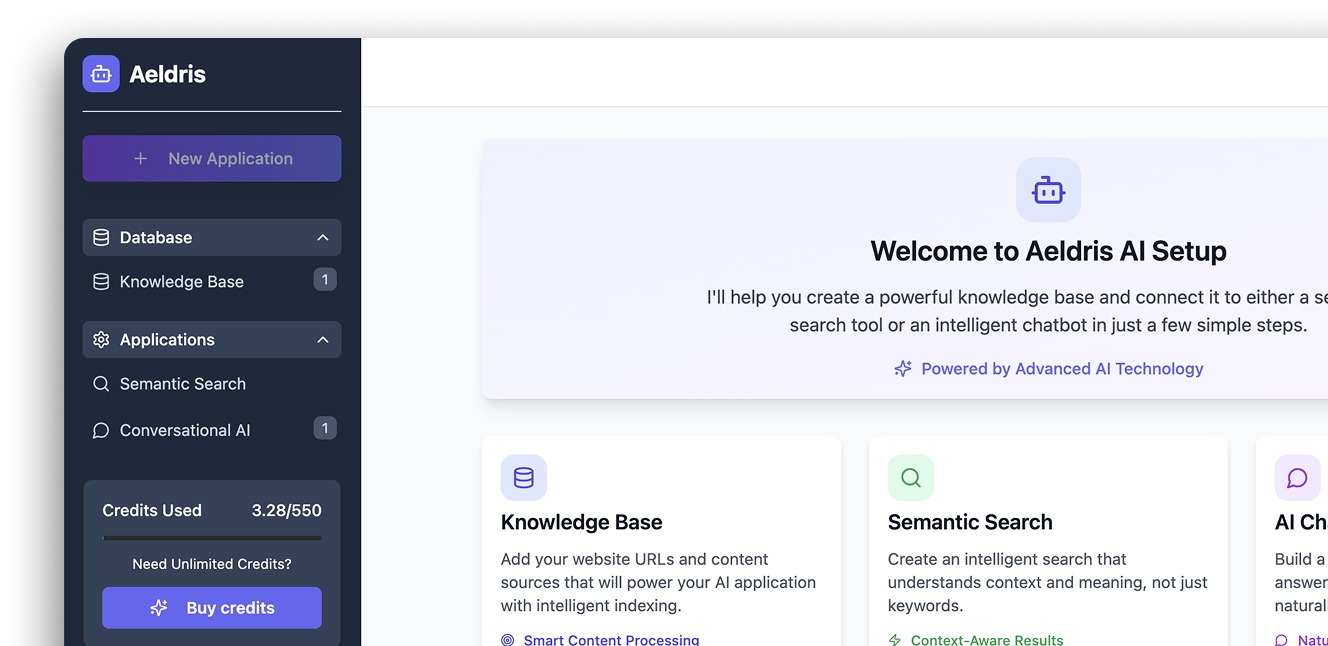.webp)


Services
Retrieval-Augmented Generation
Agent-Based and Multi-Agent Workflows
Voice and text assistants
AI Consulting
AI Monitoring and Evaluation
Fine tuning Foundational/Small Models

Building AI systems to improve public legal help for ILAO
Over five years, QED42 partnered with Illinois Legal Aid Online. The latest phase introduced semantic search and a conversational assistant powered by RAG, grounding answers in verified legal content. The result is faster, more reliable access to legal guidance.
Years of engagement and trust
Monthly search sessions, up from 100
Faster path to relevant legal content
Solutions
AI-powered search experience
Search solution that interprets intent, applies organizational data with RAG, and delivers precise, context-aware answers.
AI document assistant
Analyzes content from documents, images, data, and research to deliver instant insights, tailored summaries, and interactive answers.
Our AI values
AI for good
Human-in-loop
Adapting to context
Ethics first
Bring your use case, we will build it
In a 2-week risk-free pilot, see what AI can do for your business before you invest further
Frequently asked questions
What AI solutions are businesses using today?
Common solutions include predictive analytics, process automation, natural language processing (NLP), computer vision, and generative AI for text, images, and code. Retrieval-augmented generation (RAG), AI assistants, and workflow agents are also being adopted for support, compliance, and knowledge-heavy processes.
How do we get started?
Most companies start with a proof of concept tied to a single priority workflow. The first AI use case should be narrow and measurable, such as support queries, compliance reviews, or document-heavy processes.
What resources are needed from our team?
Business leads set goals, IT connects systems, and compliance teams review boundaries. Client effort is kept light, focused on configuration and validation.
What risks and challenges should we plan for?
The main risks are data quality, integration with legacy systems, and regulatory requirements. AI systems can also drift or return incomplete answers. These challenges are managed with monitoring, review loops, and governance frameworks.
How do AI pilots scale into long-term systems?
AI Pilots validate a single use case. If results are proven, integrations and governance expand step by step: production rollout, wider adoption, and ongoing monitoring under AI operations.
How is the ROI of applied AI solutions measured, and what results do companies see?
ROI is tracked through cycle times, hours saved, and faster access to accurate information. Typical examples include lower support costs with chatbots, reduced waste in supply chains with predictive models, or higher conversion rates with personalization. Many companies see results within 6 to 18 months.


.avif)

